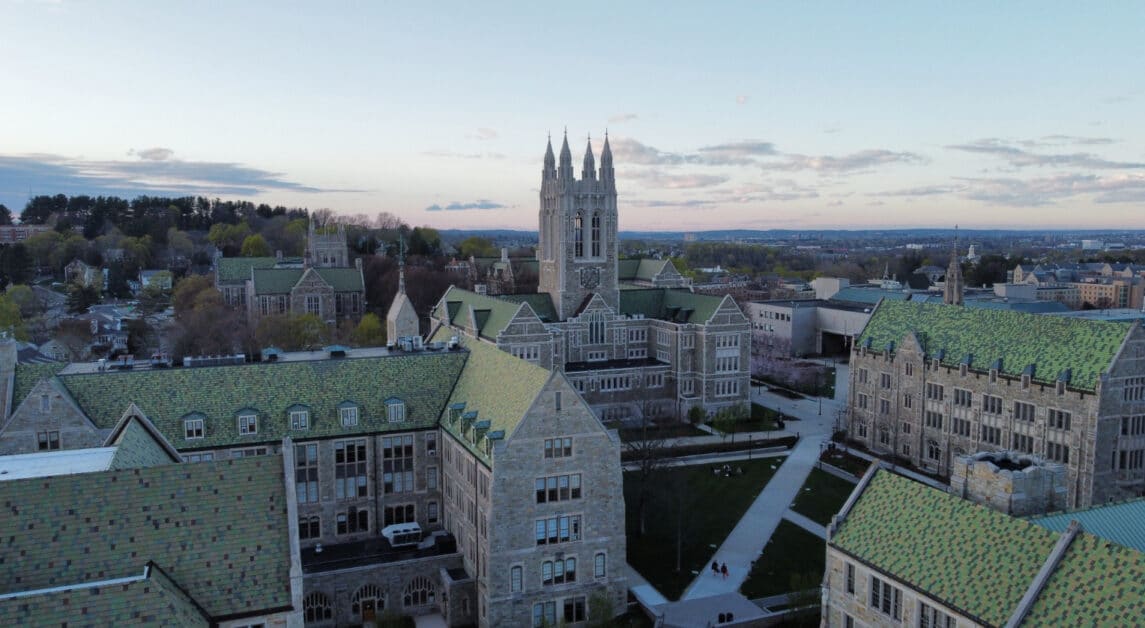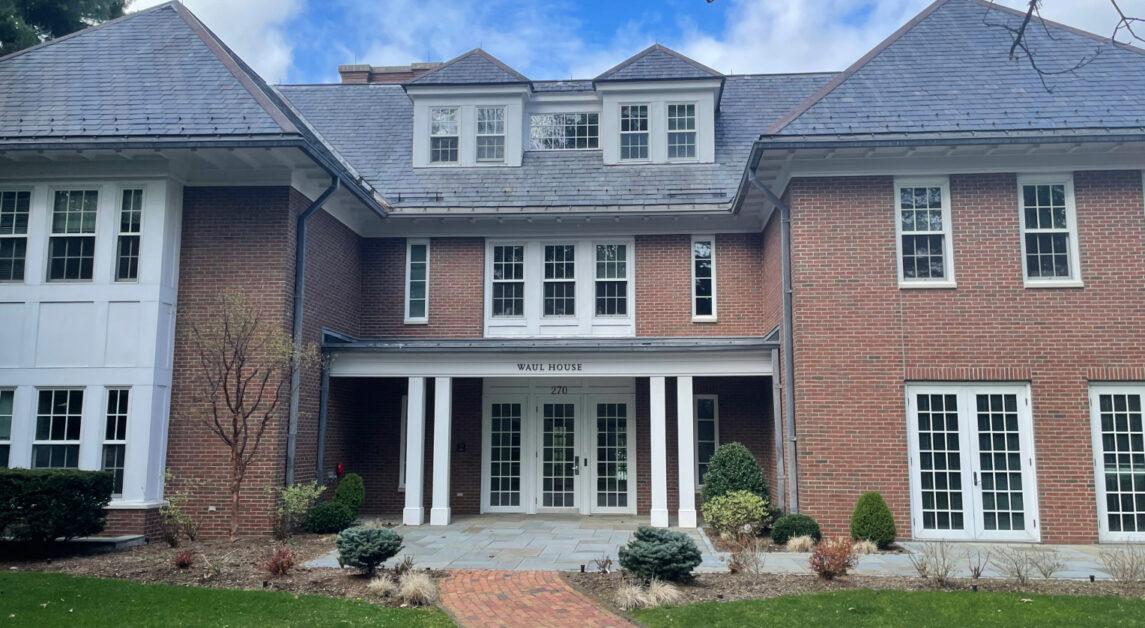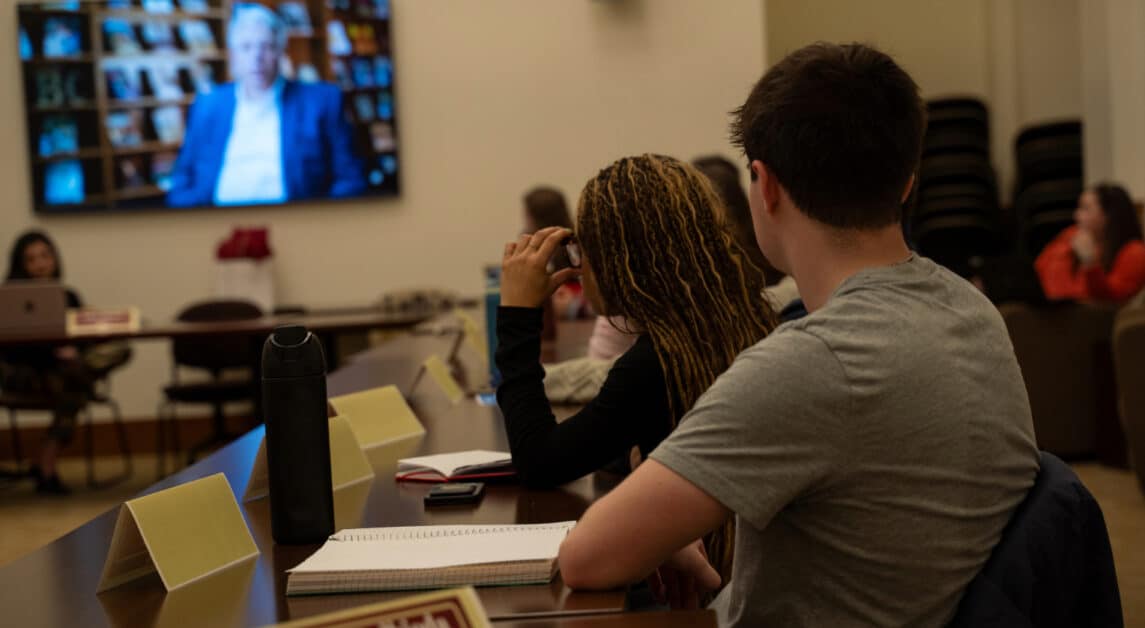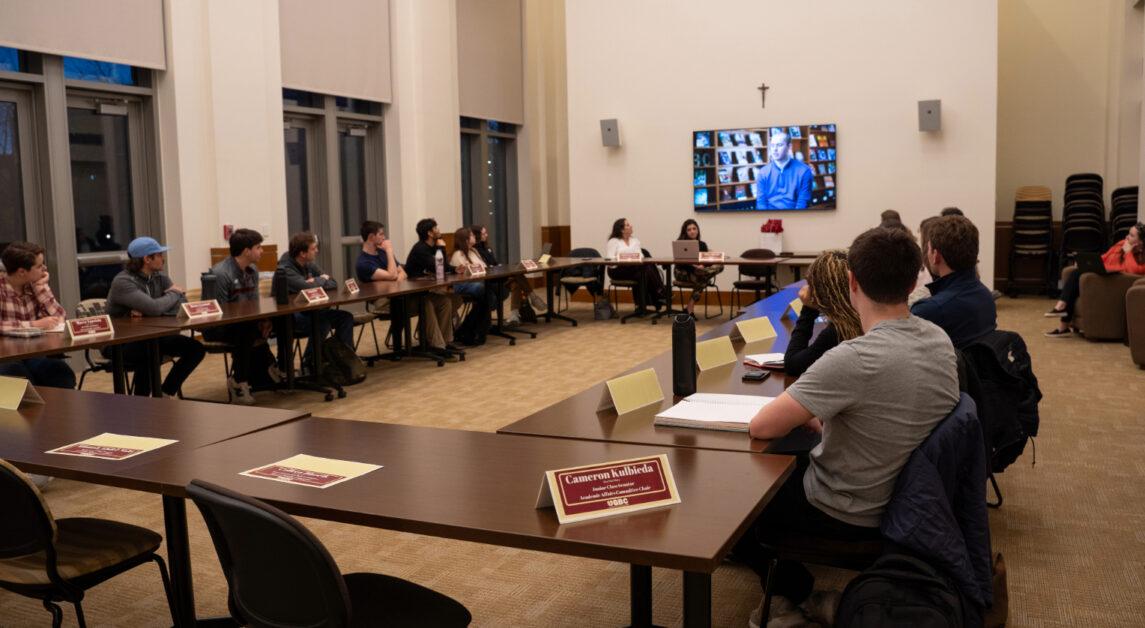The Clough Center for the Study of Constitutional Democracy hosted a conference on Friday featuring a panel that examined the 2016 election from a comparative and historical perspective. The event, which featured four panels of experts and scholars from throughout the country, was co-sponsored by the history and political science departments.
The turbulence of the presidential campaign has left many wondering why polls indicate that the election between Hillary Clinton and Donald Trump remains close. Alan Abramowitz, a professor of political science at Emory University, attributes this phenomenon to the closely divided and polarized national electorate. In the 2012 presidential election, while the popular vote was rather close, there were only four states where the margin of victory was within 5 percent.
“The fact that 40 states have voted for the same party’s candidate in the last four presidential elections means that there is an increasingly partisan electorate which includes fewer competitive states,” Abramowitz said.
Abramowitz believes that the partisan divide reflects the racial, religious, and cultural divides in American society. For example, white voters comprise roughly 90 percent of the Republican electorate, while over 40 percent of the Democratic electorate identifies as minorities. According to a recent YouGov poll, vast majorities of the supporters of both candidates view the other candidate as crazy, dangerous, corrupt, or evil. Thus, decided voters tend to have a very negative view of the opposing side’s candidate, according to Abramowitz.
While Clinton is currently leading in the polls for the presidential election and several Senate races remain competitive, the House of Representatives is expected to remain in Republican hands. David Dailey, the CEO of the Connecticut News Project, believes it is important to examine why the 2016 election will likely produce another divided government.
“During the 2010 midterm elections, the Republicans made great gains in state legislatures throughout the country and were able to control the redistricting process in 193 of the 435 congressional districts,” Dailey said. “They were able to draw favorable district lines that all but guaranteed a Republican majority for the next decade.”
This strategy, which Dailey calls one of the greatest political heists in history, has given the Republicans a firewall in the House. During the 2012 elections, while Democratic House candidates received over a million more votes than their Republican counterparts, the Republicans maintained a 33-seat majority. For this reason, even if Clinton wins the presidency by a landslide, it is unlikely that the House will switch parties.
Another common misconception of the election, according to BC political science professor David Hopkins, is that the parties are mirror images of each other.
“The inherently different natures of the parties leads to a unique set of strengths and challenges for each of them,” he said.
“The inherently different natures of the parties leads to a unique set of strengths and challenges for each of them.”
—David Hopkins, BC political science professor
Hopkins argued that Republicans are also less likely to rely on traditional mainstream media outlets for information in favor of alternative sources such as conservative think tanks and talk radio stations. This trend is critical to understanding the rise of Trump, Hopkins said, as Trump became a regular fixture in conservative media following his public challenge of the authenticity of President Barack Obama’s birth certificate in 2011. Thus, by the time the crowded 2016 Republican primary field emerged with a record-breaking 17 candidates, Trump had positioned himself as the foremost critic of the Obama administration among the party’s base.
While several factors contributed to Trump’s insurgent candidacy, the panelists also considered in a historical context the rise of Clinton, who would become the first female president if elected.
“The emergence of Hillary Clinton cannot be fully understood without considering the factors that allowed her to get to where she is today,” said Ellen Fitzpatrick, a professor of history at the University of New Hampshire.
Fitzpatrick said that polls today indicate that a vast majority of the American people would in principle support a woman for president, even if they do not intend to vote for Clinton. As recently as 1964, however, roughly half of Americans surveyed would not even support a qualified woman nominated by their own party, according to Fitzpatrick.
It was not until 1972, when Congresswoman Shirley Chisholm ran for president, that the Democratic Party enacted massive reforms that required women and minorities to be represented at the party’s national convention. Fitzpatrick argues that Clinton would never have become a major figure without reforms brought about by reformers like Chisholm.
University of California Berkeley political science professor Paul Pierson, the keynote speaker at the conference, commented on the significance of what he calls the “asymmetric polarization” of the government in the election. Pierson believes that the fundamental asymmetry of the parties, especially the fact that the Republican Party is ideologically driven, promotes and encourages gridlock.
“Many people forget that the U.S. is one of only four nations that has a presidential system with two dominant political parties,” Pierson said. “Given the current inefficiency of the government, many of my undergraduate students believe that politics is messed up and that the American political institutions are broken.”
Shep Melnick, the Thomas P. O’Neill, Jr., Professor of American politics at BC, believes that if Clinton wins the election, House Speaker Paul Ryan and the Republicans will face a key decision in whether they will try to compromise with her or continue the same obstructionist policies as during the Obama administration.
“It will also be interesting to see, if the Democrats take control of the Senate, whether or not they attempt to remove the ability to filibuster a Supreme Court nominee,” Melnick said. “That could prove to be a key decision with regard to the future of the Supreme Court.”
On the other hand, according to history professor Jim Cronin, if Trump is victorious, he would probably destroy many aspects of Obama’s legacy, particularly in terms of foreign policy.
“Not all of Obama’s policies have worked perfectly, but Hillary Clinton would keep most of them in place as president,” Cronin said. “Nobody’s quite sure what Donald Trump’s policies would look like. He might destroy some of our alliances, or he might do nothing. At this point, it’s all really speculation.”
Featured Image by Savanna Kiefer / Heights Editor













